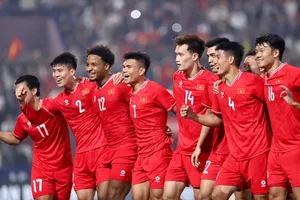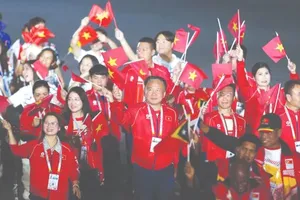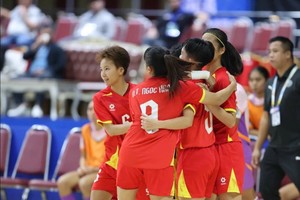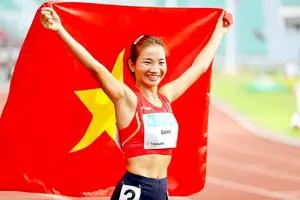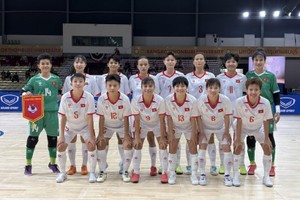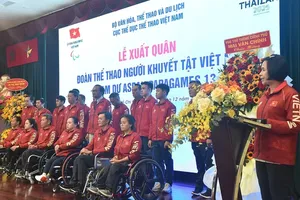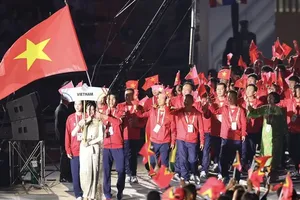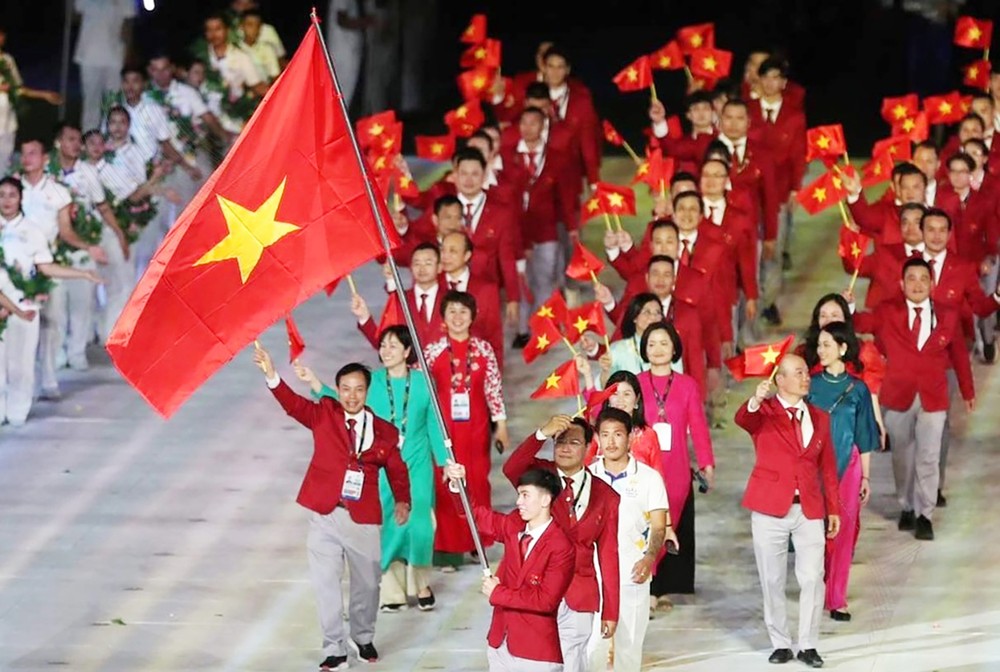
Additionally, it establishes significant targets for the 2045 vision, aiming for Vietnam to rank among the top 15 in Asiad and the top 50 in the Olympics, along with specific medal counts.
The government has directly tasked the sports industry with these fundamental responsibilities to meet the nation's needs in this new era of development. This direct mandate is essential for the industry's transformation to align with sports trends in the globe.
The objectives outlined in the Strategy are regarded as ambitious, yet they also reflect the Government's deep commitment to the field of sports. There is a significant allowance for the sports sector, providing ample time for preparation, particularly in the training and coaching of athletes.
This presents both an opportunity and a responsibility for the sports industry to realize the goals set forth in the strategy, ensuring that high targets are not merely stated but actively pursued, avoiding the tendency to attribute failures to external factors.
A notable aspect of high-performance sports is the Strategy's consistent reference to the 'Asiad vision' marking a significant shift in focus.
In the short term, for the upcoming Asiad, the target for Vietnam's sports delegation is to secure 5-7 gold medals, with the aim of consistently maintaining a position within the top 15, which translates to a minimum of 10 gold medals at each Asian Games. The Strategy also emphasizes the necessity of preparing adequate facilities to host the Asiad.
It can be said that a significant opportunity has emerged for Vietnam, shifting our focus from the SEA Games to fully concentrating on the Asian arena, specifically on performance at the Asiad, where Vietnam has not improved its standing relative to other Southeast Asian nations over the past two decades.
The Government has established a significant vision; however, achieving ‘Asian sports’ that meet Asian standards presents a complex challenge for the current state of sports in Vietnam. This is particularly true following the recent transition of the management organization from the General Department to the Department of Sports and Physical Training, which has altered its functions and roles.
Although the Strategy involves the collaboration of numerous ministries and sectors, the sports sector assumes the pivotal role. Consequently, the sector faces significant responsibilities and a substantial workload, necessitating an urgent review and re-evaluation of its management and operational framework. Prioritizing technological integration into training and coaching processes is essential to maximize the annual budget.
Furthermore, the streamlined governmental apparatus requires elevating the quality of personnel, from managerial to coaching roles, and strengthening the management capacities of federations and associations.
With a small workforce entrenched in an outdated, bureaucratic style and lacking oversight, it’s challenging for the country’s sports sector to build the prestige necessary to attract social resources and gain support from related ministries and sectors for effective sports mechanisms. The path ahead is arduous, especially as investment in high-performance sports in Vietnam falls short compared to several regional countries, let alone those on the continent.
This reality compels Vietnam to fully leverage the new policies of the Strategy while decisively transforming both the organizational structure and operational methods for high-performance sports.
